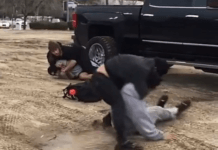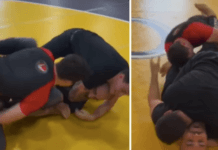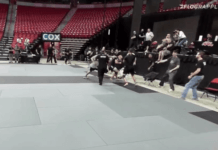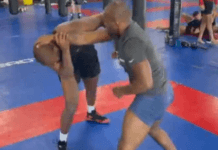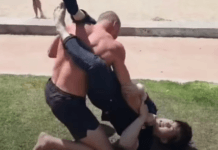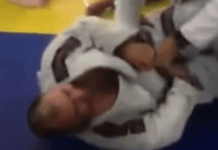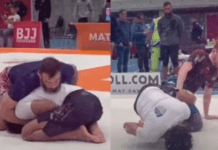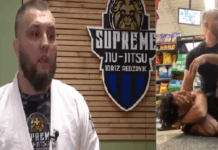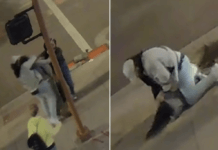BJJ be effective in a street fight? Absolutely! The example provided demonstrates the effectiveness of Brazilian Jiu-Jitsu (BJJ) in a street altercation. In this particular instance from Brazil, the individuals involved, regardless of whether they had a background in rival Jiu-Jitsu or simply sought to resolve their dispute through physical means, relied heavily on BJJ techniques rather than striking.
The person wearing the red shirt initially gains the top position, while the person in the green shirt clearly demonstrates a preference for utilizing Jiu-Jitsu techniques. From an open guard position, the individual in green attempts a straight armlock and then transitions into a triangle choke. However, the person in red counters by standing up, showcasing the technical aspects of their defense. Interestingly, this street fight contains more technicality than some competitive BJJ matches.
The person in red manages to stack their opponent, who subsequently stands up. Both individuals briefly find themselves in a front headlock position, but the person in green, armed with knowledge of the technical guillotine, gains the advantage. Maintaining their grip on the guillotine choke, the person in green pulls guard, securing a favorable position for a potential finish. They then apply a very tight technical guillotine choke, causing their opponent to seemingly lose consciousness momentarily. Swiftly transitioning, the person in green proceeds to execute an armbar and communicates with their opponent, likely inquiring if they concede.
Overall, this example serves as evidence that BJJ can be highly effective in a street fight, especially when armed with techniques such as the guillotine choke and armbars. However, it’s important to note that the outcome of any fight is dependent on various factors, including the skill level, physical attributes, and situational dynamics of the individuals involved. Additionally, it is always advisable to prioritize de-escalation, avoiding confrontations whenever possible, and seeking non-violent resolutions.
Brazilian jiu-jítsu #bjj 🇧🇷 pic.twitter.com/CVhcdAvQ8k
— Renato Moicano UFC (@moicanoufc) November 22, 2022



